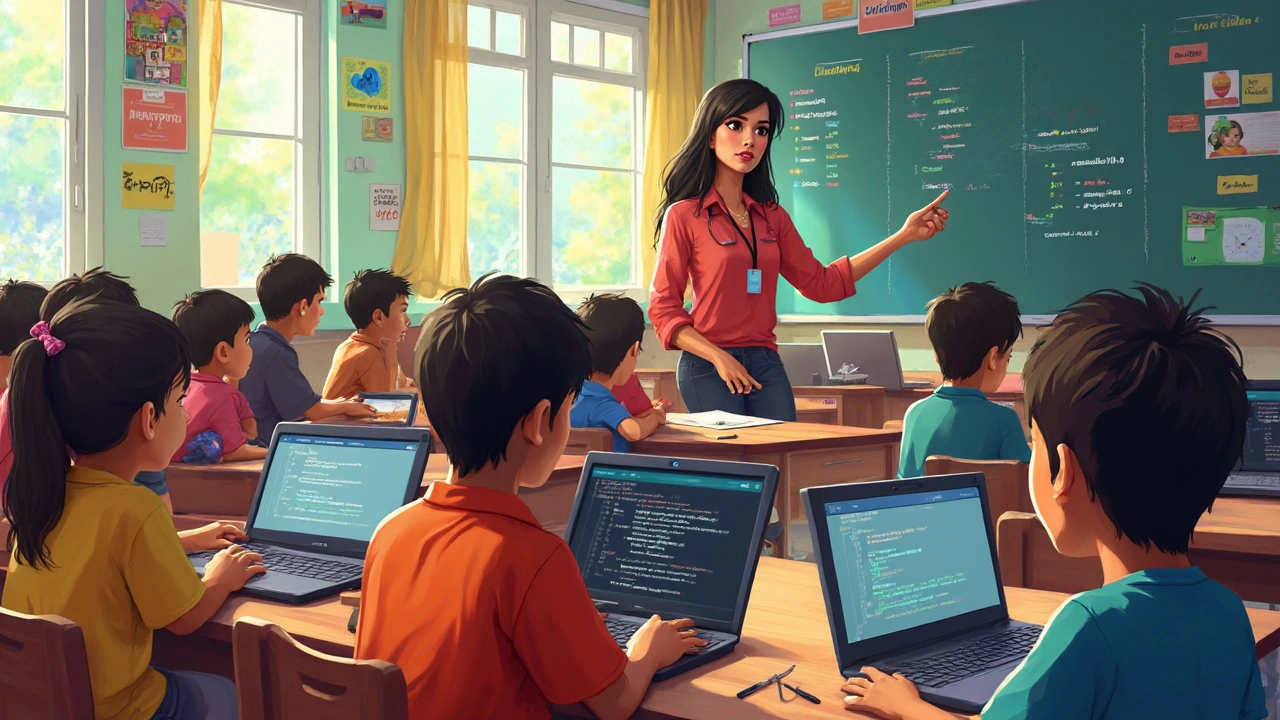Best Coding Classes: How to Choose the Right Course for You
Looking for a coding class that actually helps you code? You’re not alone. Whether you want to build apps, create websites, or simply understand how software works, the right class makes a huge difference. Below we break down the most important things to check before you sign up.
What to Look for in a Coding Class
Curriculum depth matters more than a fancy logo. A good class starts with the basics—variables, loops, and conditionals—then builds up to real projects. Ask if the syllabus includes hands‑on coding, not just theory. Projects like a simple game or a personal website let you practice what you learn.
Instructor expertise is another key factor. Instructors who actively code in the industry stay current with tools and trends. Look for bios that mention recent work, open‑source contributions, or teaching certifications.
Class size influences how much personal help you get. Small groups (max 10‑12 students) usually mean more one‑on‑one time, while huge webinars can feel impersonal. If you’re a beginner, a tighter class can prevent you from feeling lost.
Flexibility and format should match your schedule. Online platforms let you study anytime, but live sessions give you real‑time feedback. Some programs blend both, offering recorded lessons plus weekly live Q&A.
Top Options for Different Learners
Beginners often benefit from platforms like Codecademy, freeCodeCamp, or Udemy courses that start with HTML, CSS, and JavaScript. These sites use interactive coding windows that let you see results instantly.
School‑age kids need fun, visual tools. Programs such as Scratch, Code.org, and Tynker turn coding into a game, teaching logic without overwhelming syntax.
Career‑oriented adults may look at bootcamps like Le Wagon, General Assembly, or Edureka. These intensive courses promise job‑ready skills in 3‑6 months and often include resume workshops and interview prep.
Budget‑conscious learners can start with free resources—YouTube tutorials, GitHub guides, and community forums like Stack Overflow. Many paid classes also offer scholarships or trial periods, so try the free version first.
Finally, read recent reviews. Check if former students mention job placement, mentorship, and whether they felt the pace matched the promised level. A class that consistently gets high marks for support and outcomes is usually a safe bet.
Choosing the best coding class isn’t about the flashiest ad—it’s about matching your goals, time, and learning style with a curriculum that actually builds skills. Use the checklist above, test a free lesson if you can, and you’ll be on your way to writing real code faster than you thought possible.
Best Coding Classes: How to Choose the Right One for You
Picking the right coding class can be confusing with so many options out there. This article breaks down what makes a great coding class and shares tips for absolute beginners, kids, and even parents. We look at the differences between online and in-person courses and explore which platforms actually help you learn coding skills fast. By the end, you'll know how to pick a class that fits your goals and style.
read more